The Dark Press at Dark University welcomes you...| 18+ multifandom events |“Beauty is terror. Whatever we call beautiful, we quiver before it.”| Bingo Event | Flash Event | The Dark World |
Don't wanna be here? Send us removal request.
Text
Does your villain have a flair for the dramatic?? Does your hero have a penchant for standing up and making a speech? What about your anti-hero or an obscure foil your protagonist meets randomly who pops up later in your story? Perhaps these tips are for you!
When your Character Needs to Perform a Monologue

Monologue - a long speech by a single character in a theatre production or film.
Monologues can either be addressing other characters in the scene, or they can be one character talking to themselves or to the audience.
The word monologue is made up of the Greek roots for alone and speak, and it is the counterpart of the word dialogue, which comes from the Greek word for conversation.
They serve a specific purpose in storytelling—to give the audience more details about a character or about the plot.
Used carefully, they are a great way to share the internal thoughts or backstory of a character or to give more specific details about the plot.
How to Write a Monologue
Good monologues are structured just like good stories: they have a beginning, a middle, and an end. This rhythm—a build up and a resolution—is critical in long stories, because without it, stories can become monotonous and stale.
Beginning. In real life, people don’t just start monologuing without a reason; they usually start speaking in response to something else that was said or to something that happened. When writing, try transitioning into a monologue smoothly with your first line. Even the opening line “I was thinking about something you said yesterday” is an easy way for a character to start giving a monologue.
Middle. The middle of a monologue can be the hardest part to write, because viewers will start to get bored during long speeches; it’s vital to keep your monologues from being predictable. Craft small twists and turns into the storytelling—from interesting plot details to unique ways the character describes them—to keep the monologue fresh and engaging.
End. It’s common for monologues—especially ones meant to convince another character to do something—to wrap up with a quick statement of meaning. However, don’t indulge too much in explanation at the end of the monologue; this can make it feel shallow or uninteresting. Instead, trust your readers to derive meaning from it themselves.
Tips for Writing a Strong Monologue
The best way to write strong monologues is to practice—every monologue you write will help you improve for the next one.
Keep it concise. Monologues aren’t something used to fill time in a script—so as you write a monologue, keep it as short as possible. This doesn’t mean that your monologue has to be short; rather, it means you should spend time editing and identifying what is most important. The more focused your monologue, the more powerful and memorable it will be for your viewers.
Placement is key. Monologues are very potent writing tools, and too many of them too close together in a story will quickly tire viewers. Limit yourself to as few monologues as possible, and space them out in your story so that they’re not back to back. This will help each monologue shine and prevent the audience from getting bored.
Use detail. Monologues written entirely in general language are usually forgettable—viewers need concrete details to latch onto and remember. Pepper your monologues with vivid imagery (when in doubt, think of the five senses) to make them memorable.
Read and watch more monologues. Great monologues are inspired by other great monologues—when you’re stuck, seek out other examples of monologues to get you back on track. William Shakespeare is always a good place to start (for example, after you’ve read Hamlet, look into A Midsummer Night’s Dream and Romeo and Juliet).
Monologue vs. Soliloquy
When a character is talking to themselves in an internal monologue (sometimes called “interior monologue”) rather than talking to another character, it’s often further defined as a “soliloquy.”
Soliloquies are a common tool in William Shakespeare��s plays, and arguably the most famous example of a soliloquy monologue is the “To Be or Not to Be” speech from Hamlet.
In the famous monologue, Hamlet wonders whether he should continue to oppose his evil uncle or commit suicide.
Here are the first few lines from the monologue:
To be, or not to be, that is the question: Whether ’tis nobler in the mind to suffer The slings and arrows of outrageous fortune, Or to take arms against a sea of troubles And by opposing end them.
Considerations When Writing a Monologue
Monologue writing isn’t a way for writers to let loose and write without limits. In fact, monologue scripts should be written with special care and restraint, otherwise they can quickly bore viewers and fail to contribute anything to the character or plot.
Some key considerations when writing a monologue:
The character’s backstory or importance to the storyline. Monologues are supposed to reveal important details about a character or the plot—it’s essential that you’ve developed the speaking character and a detailed plot for them to inhabit, even before you start writing. Monologues help inform the audience about the character’s traits and past events.
The character’s motivation. In real life, people don’t monologue unless they have a reason—in the same way, any character giving a monologue in a play or film should have a purpose for it.
The character’s voice. First-time writers can be tempted to use monologues as a way to show off their writing skills; however, doing this will quickly pull viewers out of the story. There are many types of monologues a writer can explore, but monologues should feel natural and invisible in your story, which means they should be told in your character’s voice and point of view. Using language that sounds more authentically like your character is good writing, and it will help create an effective monologue.
Source ⚜ More: Writing Notes & References ⚜ Writing Resources PDFs
#character development#monologue#dark academia#writing inspiration#romantic academia#chaotic academia#dark and moody#dark romanticism#dark and beautiful#dark university tips
77 notes
·
View notes
Text
Writing Notes: Clothing Textures

When you think of textured clothing, you might imagine a scratchy wool sweater or a soft fur coat, but every clothing item has some kind of texture. The texture of fabric is often determined by the type of weave, so it’s a good idea to get to know the 3 major weave types:
Twill: The distinguishing characteristic of the twill weave is its diagonal rib pattern. Twill weaves have a distinct, often dark-colored front side (called the wale) and a lighter back. Twill has high thread count, which means that the fabric is opaque, thick, and durable, making it perfect for chinos, upholstery, and bed linens. Denim is a twill weave fabric, as are tweed and houndstooth.
Satin weave: The satin weave creates a fabric that is shiny, soft, and elastic with a beautiful drape. Satin fabric has a lustrous surface on one side and a dull, matte surface on the other side. Satin is perfect for haute couture-style dresses and clutches.
Plain weave: Plain weave fabrics, including canvas, taffeta, and muslin, are made by overlapping the warp and weft (vertical and horizontal threads) at right angles. This forms a criss-cross pattern that looks the same on both sides of the fabric.
Common Fabric Textures
The types of fabric you’ll encounter when looking for different textures include:
Denim is a strong cotton fabric with a twill weave that gives it a subtle diagonal ribbing pattern. The diagonal ribbing is what makes denim fabric different from canvas or cotton duck, which are also sturdy, woven cotton fabrics.
Broadcloth is a plain-weave fabric that is traditionally woven from thick wool yarn—the fibres of which felt together as the cloth is made. Broadcloth is sturdy, stiff, and resistant to wind and water.
Seersucker is a type of thin cotton cloth. The way it is woven causes the threads to pucker and bunch, creating crinkles. Seersucker often comes in narrow white and blue stripes and is popular in summer fashion.
Corduroy is a soft, durable fabric. It is distinctive for the tufted cords—called “wales”—that run in parallel along its surface. Corduroy is typically made from cotton, but it can also be made from wool.
Leather is any fabric that is made from animal hides or skin, with cowhide being the most popular.
Suede is a type of leather made from the soft underside of an animal skin. It is softer, thinner, and more delicate than traditional full-grain leather. Suede is ideal for footwear, jackets, and accessories like belts and bags.
Brocade is a particular style of jacquard fabric that uses additional threads to create a raised pattern, resulting in an embossed or embroidered effect. Due to the technique used to make it, brocade fabric is not reversible, and it may appear rough or unfinished on the underside.
Silk is a natural fiber produced by the silkworm. Silk is incredibly durable, with a shine and softness that are unmatched. Silk fabric is used for formal attire and accessories like pocket squares.
Cashmere is a type of fabric made from the wool of cashmere goats and pashmina goats. Cashmere is a natural fiber with an extremely soft feel and great insulation. Cashmere is significantly warmer and lighter than cloth made from sheep’s wool. Often, cashmere is blended with other types of wool, like merino, to give it added weight, since cashmere fibers are very fine and thin.
Jersey is a soft, stretchy knit fabric that was originally made from wool. Today, jersey is also made from cotton, cotton blends, and synthetic fibers. The fabric is usually light-to-medium weight and is used for a variety of cotton clothing items, such as T-shirts.
Flannel is a soft woven fabric typically made from cotton. It is a common material for plaid shirts.
How to Mix and Match Clothing Textures
Texture is an easy way to add visual interest to an outfit. By layering different textures, you can create a distinct look.
Identify neutral textures. Mixing and matching textures is similar to mixing and matching patterns and prints. In the same way that certain classic prints appear neutral, simple textures can serve as a neutral base for wilder textures. Denim, cotton fabric, leather, and suede are some of the most basic textures that play well with other textures. Neutral textures that are smaller and less visible to the naked eye—like merino wool—pair well with more attention-grabbing textures.
Consider a texture’s typical context. Textures evoke specific moods. Silk lends a luxurious vibe to any outfit. A plaid flannel shirt can look cozy with corduroy, but it becomes more serious when paired with a black leather jacket. Denim is a casual texture you can use to dress down other fabrics: Pair a satin tank with jeans—rather than something like brushed wool trousers—for a relaxed yet stylish look. Think about the context in which you might wear a particular material, then pair that material with other textures to subvert expectations.
Mix textures, match colors. Sticking to a more limited color palette will give you free range to play with different kinds of textures. That doesn’t mean you have to dress in monochrome: You can use neutral colors to anchor your look, or choose two or three solid colors that work together.
Source ⚜ More: Notes ⚜ Writing Resources PDFs ⚜ How to Describe Clothing
#character development#description#fashion#clothes#cardigan#dark academia#writing inspiration#romantic academia#chaotic academia#dark and moody#dark romanticism#dark and beautiful#dark university tips
263 notes
·
View notes
Text
When your Character Wears a Cardigan

Cardigan - a sweater that is open in the front, usually featuring buttons that can close the garment.
Types of Cardigans
Knit from merino wool, cashmere, cotton, or synthetic fibers, cardigans come in several cuts and fits. The 4 common cardigan styles include:
Cropped: Also known as a shrug, a cropped cardigan is a short cardigan style that falls around the mid-torso. Cropped cardigans are similar to a shawl, as you can wear them over a dress or tank top to keep the shoulder and arms warm.
Hooded: A hooded cardigan has a hood attached to the back of the sweater to provide extra warmth. They are a great addition to fall outfits as a layer worn under jackets or blazers.
Long: Falling anywhere from the mid-thigh to the ankle, long cardigans provide your legs with extra warmth. Different styles of long cardigans vary in length—dusters or longline cardigans fall below the knee, and maxi cardigans reach the ankles.
V-neck: These cardigans have a distinct neckline that comes down, forming a V-shape. Compared to a rounded or crewneck collar, the V-neck creates a slimming effect that accentuates the body's natural shape. Most V-neck cardigans feature a button-down front so that you can wear the sweater open or closed.
How to Wear a Cardigan
Here are tips for how to style cardigans for a variety of occasions:
Add to a business casual outfit. Cardigans are wardrobe essentials for smart casual or business casual looks. Layer a shawl-collar cardigan over a white button-down shirt, tucking the dress shirt into a pair of chinos. Complete the look with loafers.
Choose a bold color. Make your cardigan a statement piece by choosing a bold color. Pair a bright, cozy cardigan with a pair of suede pants or slim-fitting black midi skirt and tights. You can also wear cardigans with intricate designs, such as embroidery or beading, to enhance and dress up an outfit.
Pair with a crop top. During warm months, a thin, loose-knit cardigan sweater works as a lightweight outerwear layer. Style a cami or crop top with a short cardigan for a laid-back, casual outfit. You can wear this look with shorts or high-waist jeans.
Throw a chunky-knit cardigan over casual outfits. Cable knit cardigans are warm and comfortable sweaters you can style with a long-sleeve shirt and a pair of slouchy joggers or wide-leg pants. You can also style an oversized cardigan with a pair of mom jeans or skinny jeans and ankle boots for a trendy daytime look.
Try an over-the-shoulder look. For a casual summer outfit, tuck a T-shirt into a pair of pants or a mini skirt and drape a cotton cardigan over your shoulders. Complete the outfit with white sneakers.
Rather than pulling a cardigan over your head, you simply slip your arms into the sleeves. Cardigans are often made with very fine knit, giving them a thin, lightweight feel that makes them a great layering piece.
Source ⚜ More: Notes & References ⚜ Writing Resources PDFs
#character development#fashion#clothes#cardigan#dark academia#writing inspiration#romantic academia#chaotic academia#dark and moody#dark romanticism#dark and beautiful#dark university tips
82 notes
·
View notes
Text

Murderous heat.
July 19 through July 22 (23), 1914: [From Lou Andreas-Salomé to Rainer Maria Rilke] Rilke and Andreas-Salomé: a love story in letters (1897-1926)
#dark academia#romantic academia#chaotic academia#dark and moody#dark romanticism#dark and beautiful
274 notes
·
View notes
Text

Rainer Maria Rilke, from a letter to Lou Salomé, featured in A Love Story In Letters
#dark academia#romantic academia#chaotic academia#dark and moody#dark romanticism#dark and beautiful
355 notes
·
View notes
Text









#dark academia#romantic academia#chaotic academia#dark and moody#dark romanticism#dark and beautiful
599 notes
·
View notes
Text
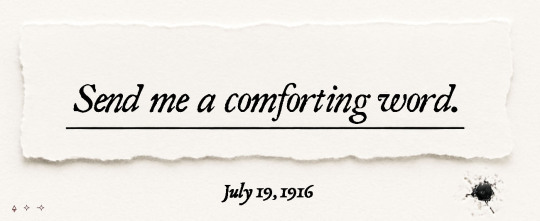
Send me a comforting word.
July 19, 1916 Letters to Felice by Franz Kafka First published : 1973
#dark academia#romantic academia#chaotic academia#dark and moody#dark romanticism#dark and beautiful
98 notes
·
View notes
Text
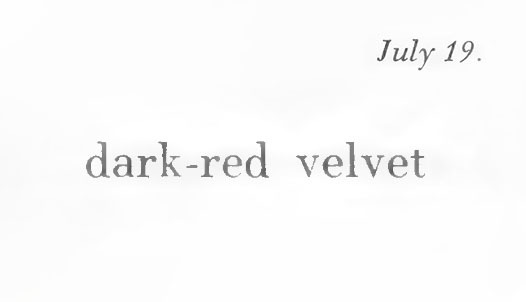
dark-red velvet
July 19, 1926 Journals of Anais Nin 1923-1927 [volume 3]
#dark academia#romantic academia#chaotic academia#dark and moody#dark romanticism#dark and beautiful
158 notes
·
View notes
Text
Congratulations to Emrys Clairmont!
Well done, Emrys @mistyrosewriter, on getting a bingo! Fill 6 more squares and you will move onto your second year at Dark University!!
Don't forget to check out @thedarkworldanthology and @thedarkpress if you'd like.

To check out Emrys' works, use this link on AO3!
Second year meaning - applying for another bingo card if you'd like.
#Submission by Emrys Clairmont#First Year#Dark Scholar#Welcome to Dark University#dark academia bingo#bingo cheering
0 notes
Text
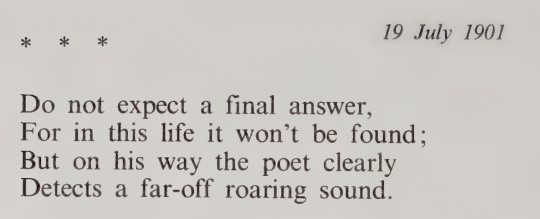
Do not expect a final answer, For in this life it won’t be found; But on his way the poet clearly Detects a far-off roaring sound.
19 July, 1901 Aleksandr Blok (1880-1921), Selected Poems
#dark academia#romantic academia#chaotic academia#dark and moody#dark romanticism#dark and beautiful
93 notes
·
View notes
Text

Anton Chekhov, from The Complete Plays and Works of Anton Chekhov; "Ivanoff,"
#dark academia#romantic academia#chaotic academia#dark and moody#dark romanticism#dark and beautiful
378 notes
·
View notes
Text
“Maybe we’ll meet again, when we are slightly older and our minds less hectic, and I’ll be right for you and you’ll be right for me. But right now, I am chaos to your thoughts and you are poison to my heart.”
― Gabrielle Zevin
#dark academia#romantic academia#chaotic academia#dark and moody#dark romanticism#dark and beautiful
252 notes
·
View notes
Text
@thebigbangblogproject
Greetings First Years!

| Bingo Event Post | Flash Event Post |
A gentle reminder that the subset of Gothic Fiction, Dark Academia, is the focus of the event and as such, prompts will reflect this.
Students, please remember to have fun with these events and that squares are up to interpretation. We're not going to go through every body of work and retract submissions from the collections if they don't adhere too tightly to the prompts.
On the other hand, these events have no deadline. If you wanted to, you could familiarize yourself with the books/movies/tv shows on your card before diving into your piece without any time penalties. All this is totally optional though. The goal is to challenge yourself but there's no pressure!
Of course if you'd still prefer to request swaps, there are two options. We can reroll for that square which can generate prompts reflecting our theme OR you can just tell us specifically what you would prefer to have on your card.
Remember, there are only 3 swaps available for the bingo and 2 swaps available for the flash.
🖤 Event Collections are available here! 🖤
To see our first years, click here!
To check out our anthologies, follow @thedarkworldanthology! It is exclusive to Dark University students. To become a student, simply apply for one of our events linked above!
To check out our Literary Highlights, follow @thedarkpress! The Dark Press is open to all, submission information is linked at Press News.
Happy Writing
The Chaotic Mods at Dark University 🩶
#ye olde event reblog#mod post#dark academia bingo#dark academia flash event#a stygian rose#the dark world#the dark world anthologies#the dark anthologies#the dark press#posting is open#sign ups are open#dark academia#chaotic academia#gothic academia#dark and beautiful#dark and moody#problematic content friendly#dead dove content accepted#taboo tropes welcome#dark fiction encouraged#paranormal romance#supernatural fantasy#american gothic#southern gothic#paranormal fantasy#gothic horror#gothic fantasy#gothic romance#paranormal horror#lovecraftian horror
27 notes
·
View notes
Text
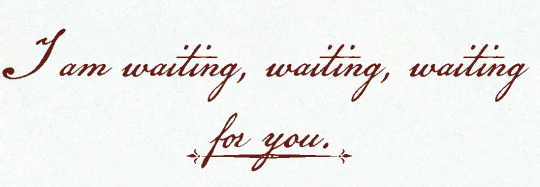
I am waiting, waiting, waiting for you.
15 July 1926 Letters to Véra by Vladimir Nabokov
#dark academia#romantic academia#chaotic academia#dark and moody#dark romanticism#dark and beautiful
392 notes
·
View notes
Text
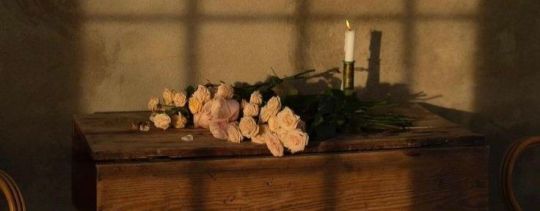
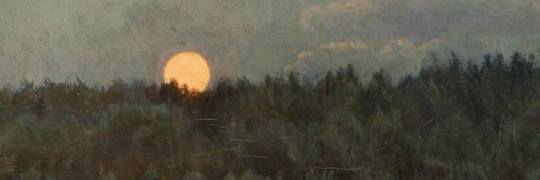
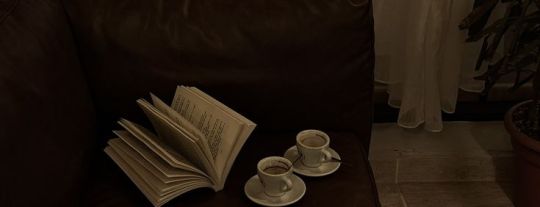
#dark academia#romantic academia#chaotic academia#dark and moody#dark romanticism#dark and beautiful
700 notes
·
View notes
Text
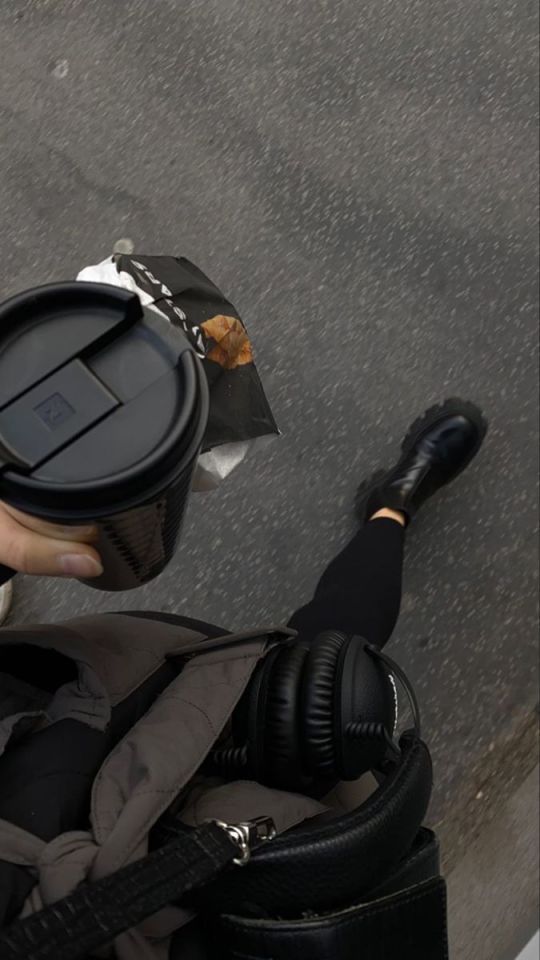
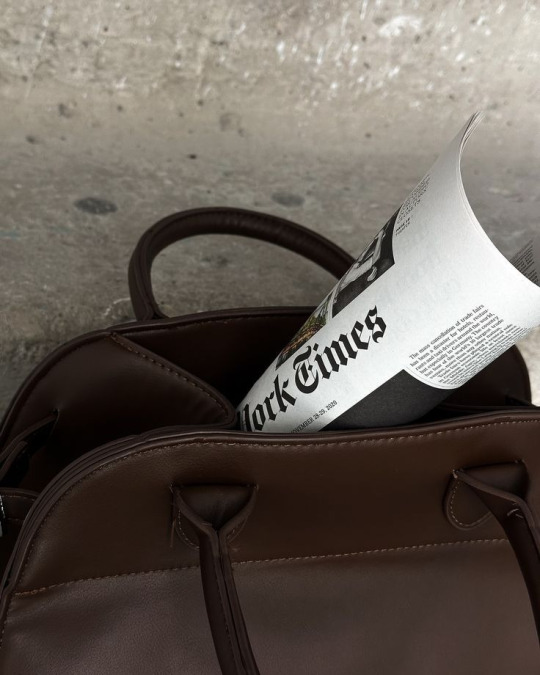
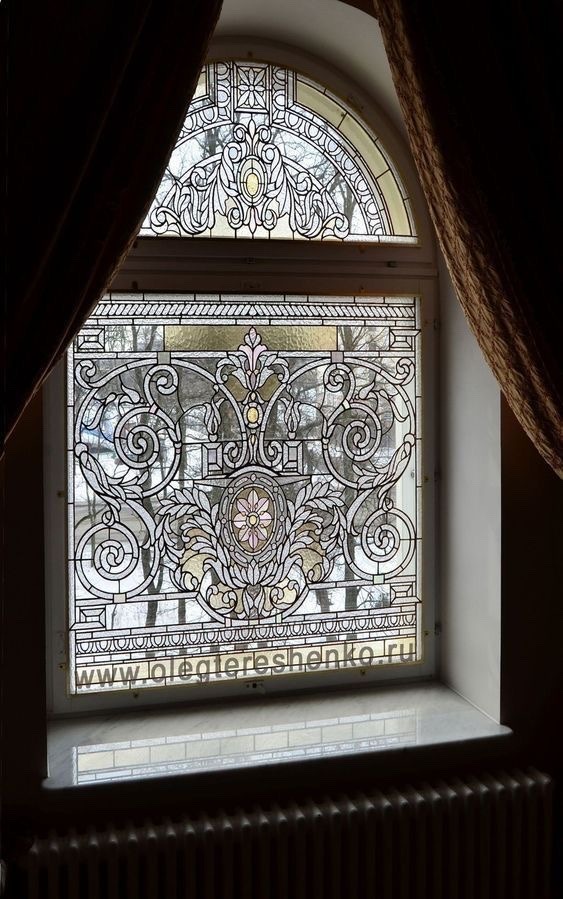
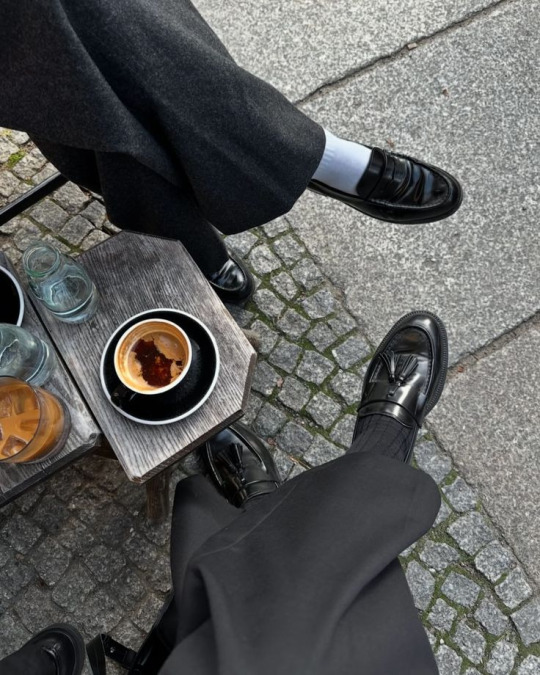
#dark academia#romantic academia#chaotic academia#dark and moody#dark romanticism#dark and beautiful
645 notes
·
View notes
Text
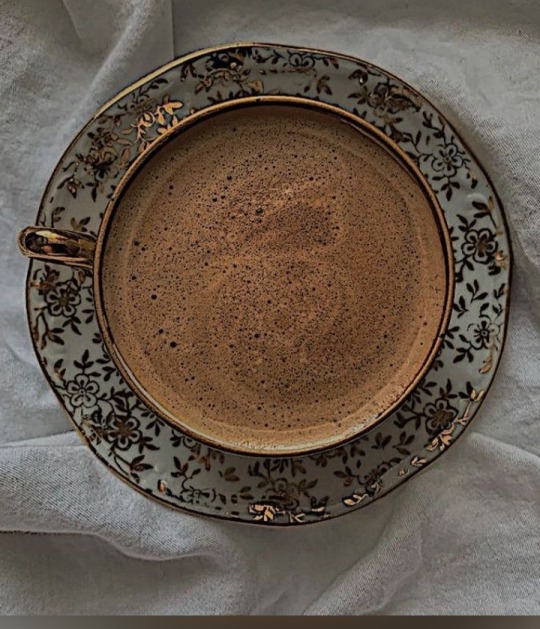
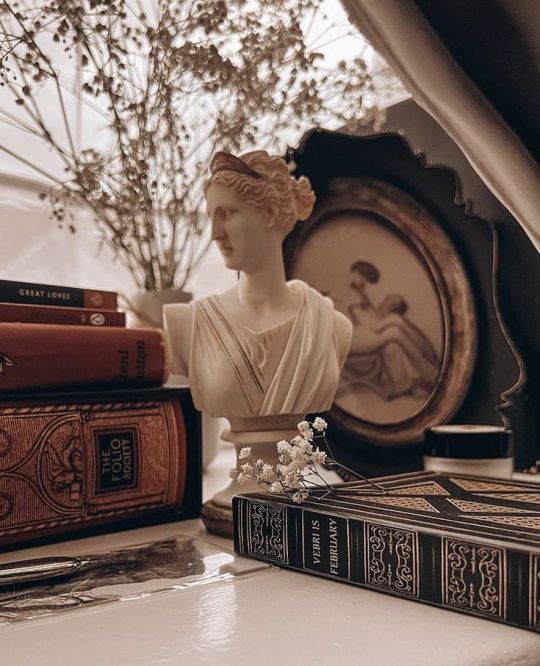

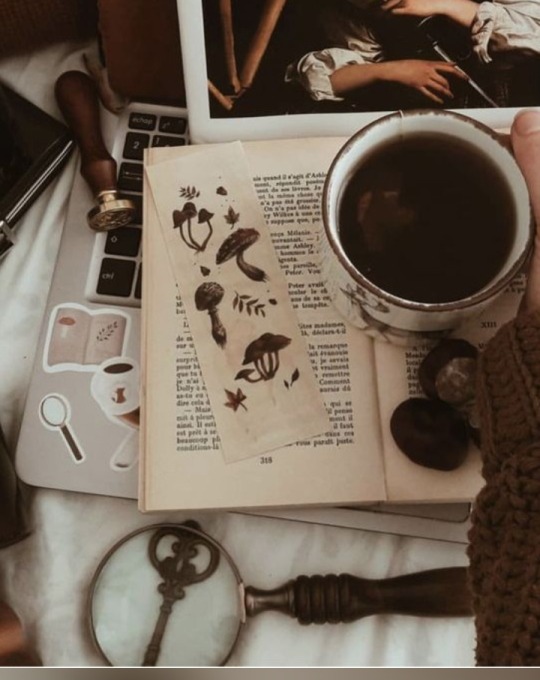
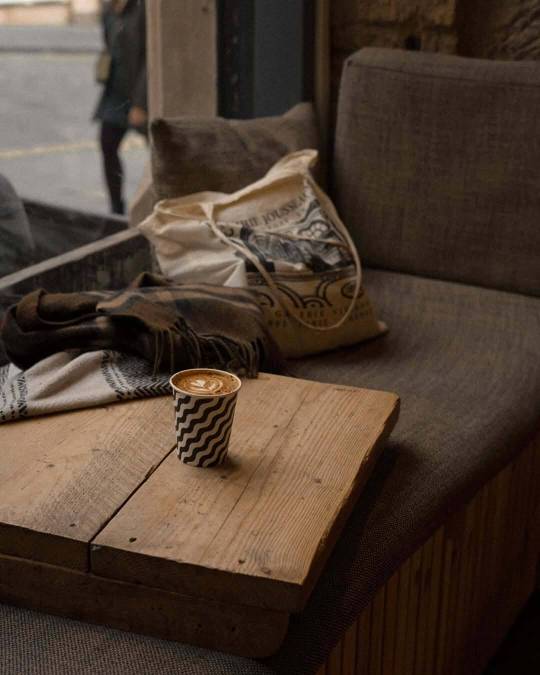
#dark academia#romantic academia#chaotic academia#dark and moody#dark romanticism#dark and beautiful
265 notes
·
View notes